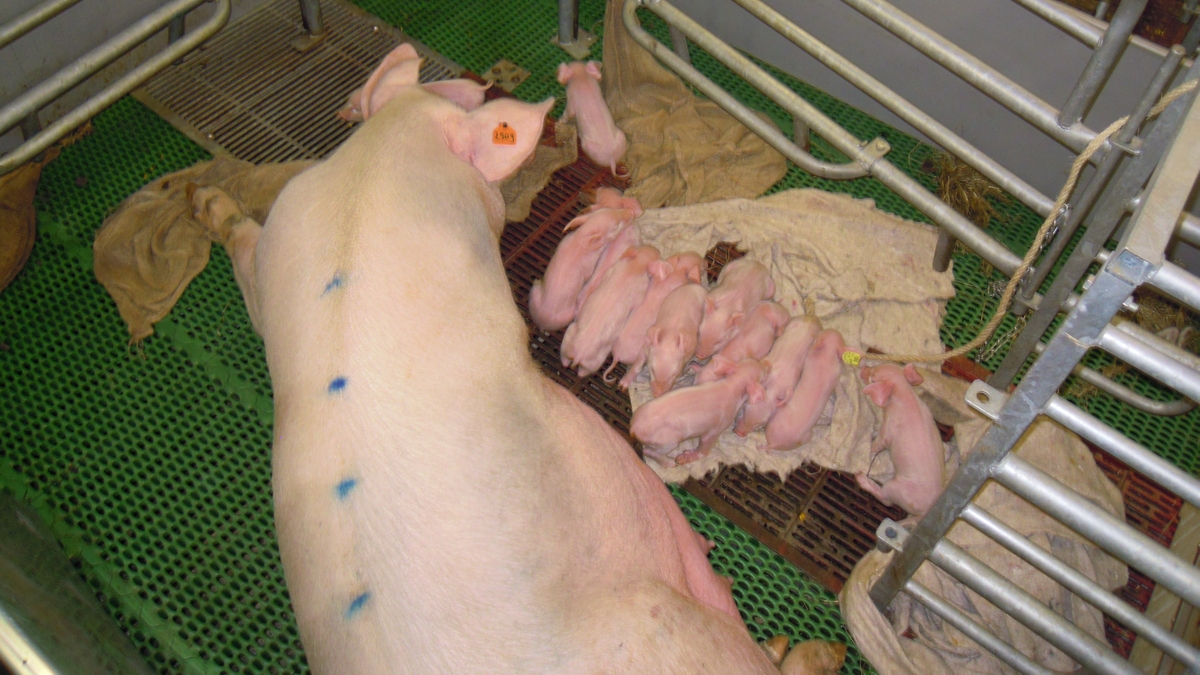Farrowing housing and management: five focus areas for inspections

Subject
Farrowing housing, management, husbandry
Review
The review first describes important behavioural and physiological needs of both sow and piglets that have to be considered to facilitate welfare of sow and piglets during nest building, farrowing and lactation. Five important key areas challenging welfare of sows and/or piglets are highlighted, and threats for welfare are described based on scientific knowledge. For each of these key areas, welfare indicators (predominantly animal-based) are described, helping to identify welfare issues related to farrowing housing and management. Finally, the legislation within each key area is described, and practises that can improve the welfare on farms within each key area are suggested.
Focus areas for inspections
The five key areas to focus on during inspections:
Space and freedom to move: Sows need space for nest building, lying down and getting up movements, turning around, and exploration. Piglets need space around the udder to get access to their preferred teat. Welfare indicators: Body lesions (sows), teat lesions, facial/carpal joint lesions (piglets).
Comfortable climate: A typical room temperature around 22-24°C is below the thermo-neutral zone (34°C) of newborn piglets. Therefore, hypothermia at birth is a risk. Sows’ thermo-neutral zone is around 16-20°C: especially when crated or with large litters, heat stress is a risk. Welfare Indicators: panting (sows), huddling/shivering (piglets).
Nest building and exploration: Sows have a strong motivation to build a nest. A complete nest built of materials like straw provides thermal comfort, and promotes piglets’ growth. Nest materials also provide piglets with exploratory materials.
Litter size and competition: Highly productive sows have difficulties ingesting sufficient feed to match milk yield/requirements. When number of piglets outnumbers functional teats this can hamper establishment of a teat order. Welfare indicators: Underconditioned sows, teat lesions, facial/carpal joint lesions (piglets), runts and mortality (piglets).
Mutilations: Different mutilations of neonate piglets take place in the farrowing unit including castration, teeth grinding and tail docking. Best practices are addressed to reduce the need for mutilations and/or methods to reduce pain.
Official inspectors and experts from member states are invited to contact EURCAW-Pigs info.pigs@eurcaw.eu with any suggestions, comments or questions to further improve this review.
